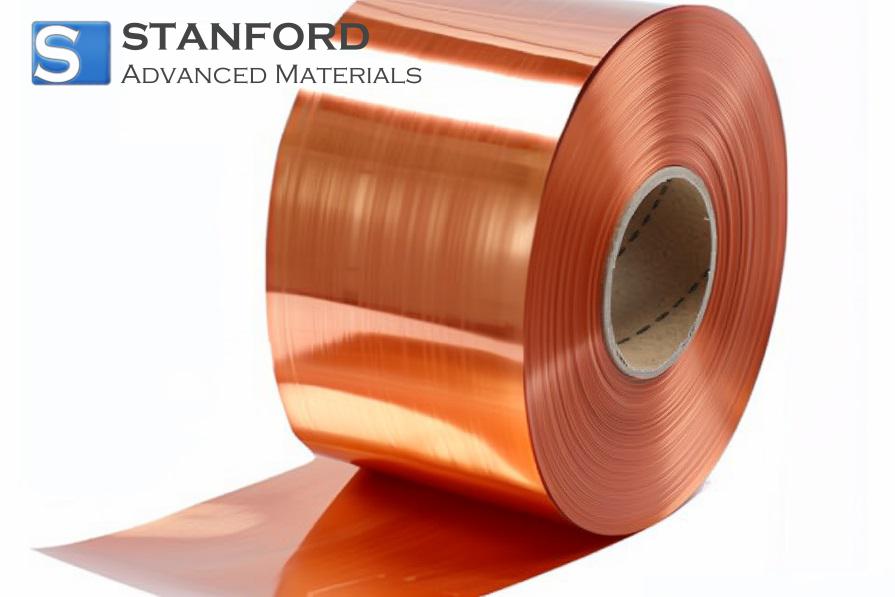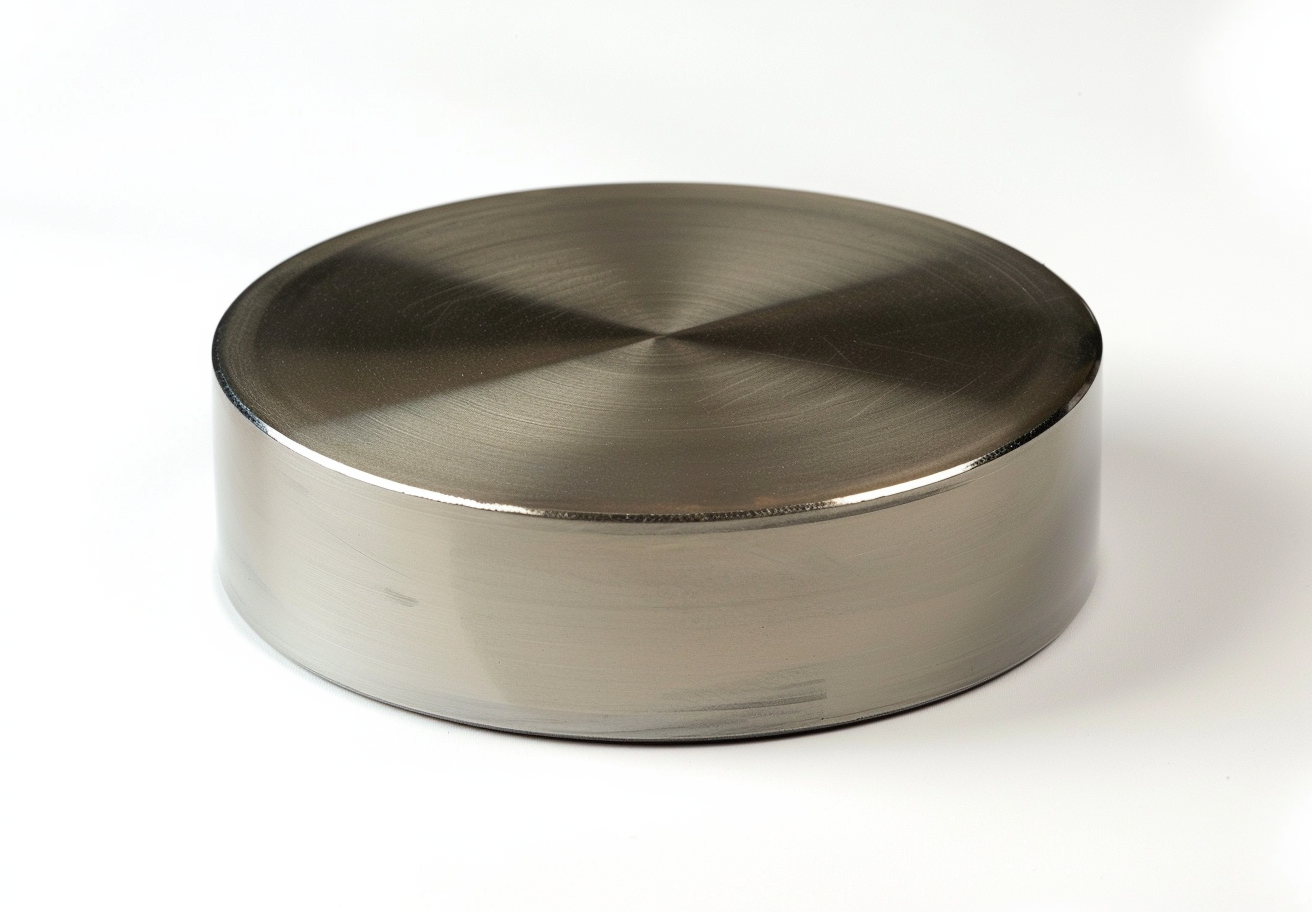Natural Clotting Versus Synthetic Clotting
Many cases presenting in the emergency department result in fatal outcomes due to heavy bleeding; however, this outcome may soon be mitigated. Owing to the development of synthetic collagen by Rice University, wound healing occurs via natural coagulation processes.
The material, designated KOD, consists of a structure that corresponds to natural collagen, a protein whose fibres maintain cell cohesion in tissues and organs. It is observed that this synthetic material performs differently from sponges or treatments derived from porcine collagen that are applied during or after surgical procedures.
KOD is composed of 36 amino acids that independently assemble into hydrogels and triple-helix nanofibres. This conclusion is drawn from a study conducted by Vivek Kumar and Hartgerink.
According to Hartgerink, the researchers demonstrated that short peptides can be chemically produced and synthesised. This procedure permits the peptides to be thoroughly purified to obtain a homogeneous material. The peptides subsequently aggregate to form fibres that then become a hydrogel. This hierarchical arrangement is consistent with the structure observed in natural collagen.
Hartgerink further stated that the function of collagen extends beyond providing a cell scaffold. This is due to the fact that a cell’s activity is largely determined by the chemicals present on its surface. The application of KOD for haemostasis has been under consideration for some time.
Although natural collagen is widely available, synthetic collagen offers certain advantages. One advantage is the avoidance of immunological complications associated with bovine collagen. KOD assures product purity.
Laboratory tests have demonstrated that the hydrogel in KOD stops bleeding by encapsulating red blood cells. This mechanism differs from that of standard barriers, which bind and activate platelets to form clots. The tests also recorded that KOD does not induce inflammation.
What is the rationale behind the confidence in KOD’s performance? According to Kumar, no significant local trauma was observed when using KOD, whereas conventional methods, such as those employing clay-based materials, have previously been reported as more effective. Kumar used his own blood for comparative tests of commercial haemostats and hydrogels.
His colleague explained that this method should not be deployed as the initial treatment. It may be considered when natural healing is pursued and when minimising scar formation is desired.
The material must still undergo validation prior to its use in surgical applications, and researchers are investigating its application in wound healing and in the support of transplant procedures.

 Bars
Bars
 Beads & Spheres
Beads & Spheres
 Bolts & Nuts
Bolts & Nuts
 Crucibles
Crucibles
 Discs
Discs
 Fibers & Fabrics
Fibers & Fabrics
 Films
Films
 Flake
Flake
 Foams
Foams
 Foil
Foil
 Granules
Granules
 Honeycombs
Honeycombs
 Ink
Ink
 Laminate
Laminate
 Lumps
Lumps
 Meshes
Meshes
 Metallised Film
Metallised Film
 Plate
Plate
 Powders
Powders
 Rod
Rod
 Sheets
Sheets
 Single Crystals
Single Crystals
 Sputtering Target
Sputtering Target
 Tubes
Tubes
 Washer
Washer
 Wires
Wires
 Converters & Calculators
Converters & Calculators
 Write for Us
Write for Us

 Chin Trento
Chin Trento



